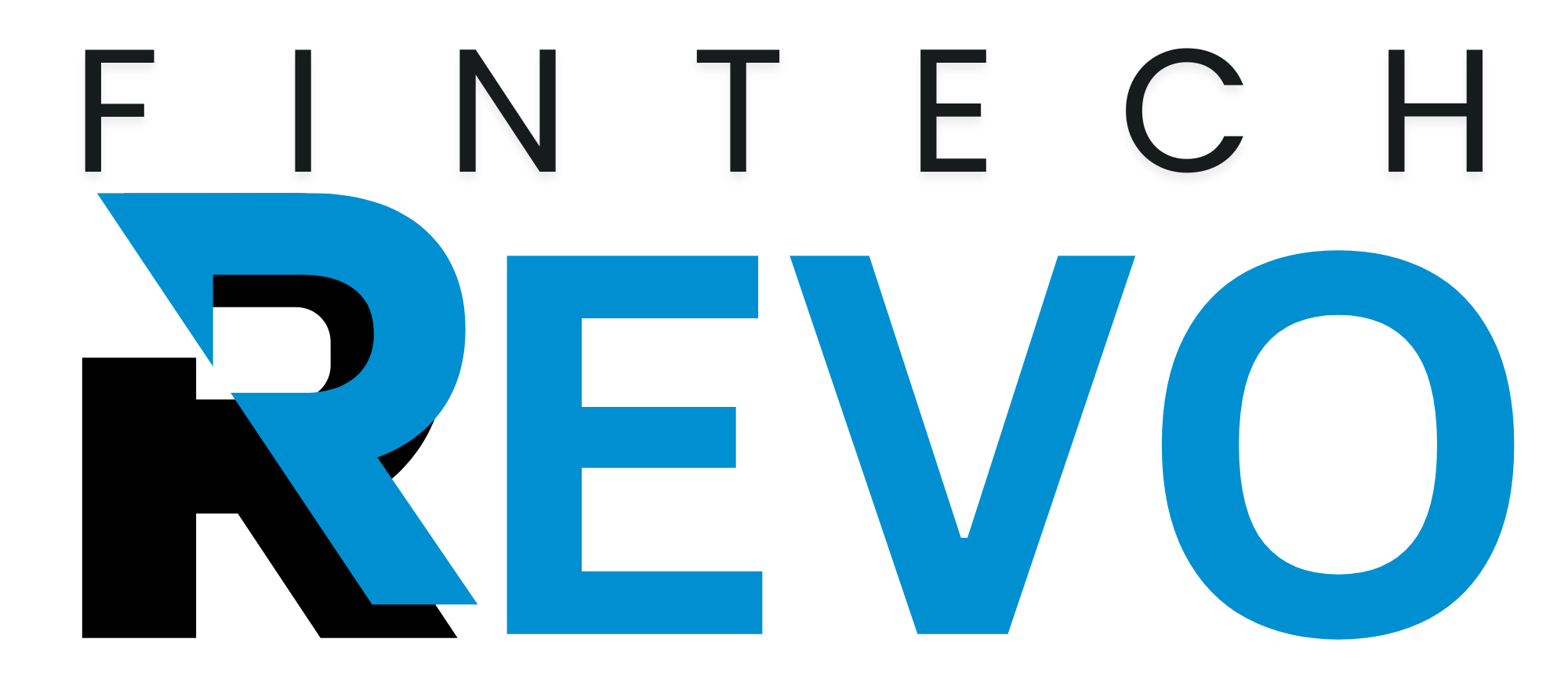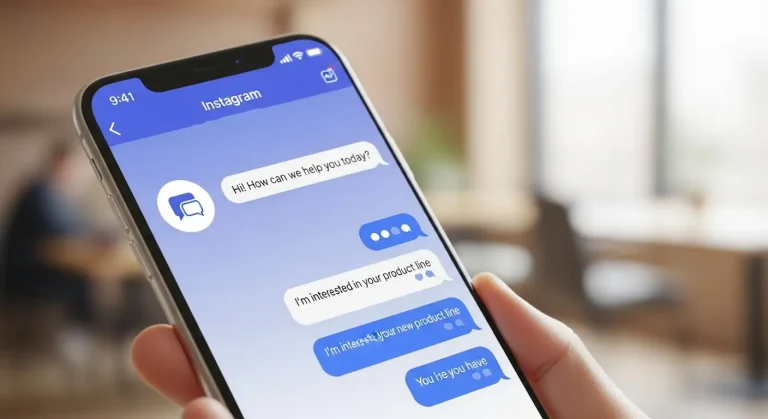Business attire for a woman is a professional style of dressing that aligns with the formality, culture, and expectations of a workplace. It reflects competence, confidence, and respect for the environment, varying from conservative suits to smart casual ensembles depending on the industry and occasion.
In simple terms, business attire for women includes a blend of tailored clothing, refined accessories, and neutral tones that project professionalism without sacrificing comfort or individuality. Understanding the different levels of business dress codes—business professional, business casual, and business formal—is essential for dressing appropriately in different work settings.
Understanding Business Attire for Women
What Is Considered Business Attire for a Woman
Business attire refers to outfits that convey a polished and professional image. For women, this generally includes blazers, trousers, skirts, dresses, blouses, and closed-toe shoes. The key lies in fit, modesty, and presentation—ensuring that clothing is clean, well-pressed, and suitable for the context.
In a corporate environment, a typical outfit might be a tailored blazer and pencil skirt paired with a neutral blouse and low heels. In a more relaxed setting, smart trousers with a cardigan or knit top may be acceptable.
The main goal is to strike the right balance between personal style and workplace standards.
Types of Business Attire for Women
Different workplaces interpret “professional” differently. Let’s break down the main types of business attire women are expected to know.
Business Professional Attire for a Woman
Business professional attire is the standard dress code in corporate settings, such as finance, law, and executive offices. It’s formal, polished, and conservative.
Key elements of business professional attire:
- Tailored suit (matching blazer and trousers or skirt)
- Neutral colours like black, navy, grey, or beige
- Button-up shirts or modest blouses
- Closed-toe pumps or loafers
- Minimal jewellery and natural makeup
Example:
A navy pantsuit paired with a crisp white blouse and nude heels creates a sharp yet elegant appearance ideal for client meetings or presentations.
This level of formality projects authority and attention to detail—traits highly valued in traditional industries.
Business Casual Attire for a Woman
Business casual attire offers more flexibility and comfort while maintaining a polished look. It’s commonly seen in creative agencies, educational institutions, and tech companies.
What is considered business casual attire for a woman:
- Blouses or knit tops (solid or subtle patterns)
- Dress pants, chinos, or knee-length skirts
- Cardigans or unstructured blazers
- Closed-toe flats, loafers, or ankle boots
- Simple accessories (e.g., a watch or small earrings)
Example:
Pairing a cream blouse with tailored trousers and flats works perfectly for an office that encourages a relaxed yet professional tone.
Business casual strikes the ideal middle ground—professional without being overly formal.
Business Formal Attire for a Woman
Business formal attire is reserved for high-profile meetings, events, or corporate ceremonies. It’s one step above business professional in terms of refinement and elegance.
Typical business formal outfits include:
- Tailored skirt suits or pant suits in dark colours
- Silk blouses or high-quality shirts
- Sheath dresses with blazers
- Closed-toe heels (2–3 inches)
- Fine accessories like a leather handbag or pearl earrings
Example:
A black tailored suit with a silk ivory blouse and subtle gold jewellery fits perfectly for a formal business dinner or board presentation.
This attire communicates confidence, status, and seriousness—crucial for leadership roles and client negotiations.
Casual Business Attire for a Woman
Casual business attire, sometimes referred to as smart casual, is less rigid but still neat and refined. It’s often used in workplaces with creative freedom or hybrid work environments.
What casual business attire looks like:
- Dark jeans or tailored trousers
- Blouses, turtlenecks, or knitwear
- Casual blazers or tailored jackets
- Flats, loafers, or low heels
Example:
A beige knit top paired with black jeans and loafers can be appropriate for casual Fridays or client lunches in relaxed industries.
The trick is maintaining a professional baseline even when dressing down—jeans should be dark, tops ironed, and accessories tasteful.
Comparison Table: Business Attire Levels for Women
| Dress Code Type | Common Pieces | Suitable For | Footwear Example |
| Business Professional | Matching suits, button-up shirts, skirts | Corporate offices, banking, law firms | Pumps, loafers |
| Business Casual | Trousers, blouses, cardigans | Startups, education, marketing firms | Flats, low heels |
| Business Formal | Tailored suits, dresses, silk blouses | Board meetings, formal events | Classic heels |
| Casual Business | Dark jeans, knitwear, tailored jackets | Creative workplaces, casual Fridays | Loafers, ankle boots |
Dressing for Different Business Scenarios
Job Interviews
A business professional outfit is always the safest choice for interviews. Employers expect candidates to appear competent and serious about the role. Opt for solid colours, simple hairstyles, and minimal perfume.
Daily Office Wear
For day-to-day work, business casual attire usually fits best. It offers comfort while still appearing office-appropriate. Mixing structured pieces (like a blazer) with relaxed items (like knit tops) creates balance.
Networking Events
Here, the goal is to appear approachable yet confident. Smart business casual—such as a printed blouse with neutral trousers—can strike the right tone.
Virtual Meetings
For remote workers, business attire still matters. A structured top, tidy hair, and subtle accessories project professionalism even through the screen.
What to Avoid in Business Attire
Even in more relaxed settings, there are boundaries. Here’s what’s typically considered inappropriate in business environments:
- Low-cut tops or very short skirts
- Flip-flops, sneakers, or overly casual footwear
- Wrinkled or stained clothing
- Distracting patterns or overly bright colours
- Excessive perfume or statement jewellery
Staying within modest and refined choices always ensures a polished appearance.
Seasonal Business Dressing Tips for Women
Professional dressing changes with the seasons. Adapting while maintaining standards is key.
Spring/Summer:
- Choose breathable fabrics like cotton or linen blends
- Stick to lighter colours—pastel suits, ivory blouses, beige trousers
- Avoid sleeveless tops unless layered with a blazer
Autumn/Winter:
- Layer blazers with wool cardigans or turtlenecks
- Opt for darker tones—navy, maroon, charcoal
- Add tights or closed-toe shoes for warmth
Maintaining comfort without losing professionalism enhances confidence throughout the year.
Accessories and Grooming in Business Attire
Accessories can refine an outfit but should never dominate it.
Recommended options:
- Simple jewellery (studs, small hoops, or a wristwatch)
- Structured handbag or tote
- Belt matching shoe colour
- Neat hairstyles—ponytail, bun, or straightened
- Light, natural makeup
Subtle grooming choices communicate respect for both the role and the workplace.
Adapting Business Attire Across Industries
Each field has its own interpretation of what’s “appropriate.”
- Finance, Law, and Government:
Conservative and polished. Suits, dark colours, and closed shoes dominate. - Marketing and Media:
Stylish but relaxed. Trendy blouses, patterned dresses, and block heels are common. - Tech and Startups:
Flexible dress codes. Business casual or even smart casual depending on culture. - Healthcare and Education:
Comfort-focused professionalism—dress pants, simple tops, and functional footwear.
Understanding your industry’s norms is essential to making the right impression.
Balancing Personality and Professionalism
While guidelines matter, expressing individuality through subtle elements—like colour choices, jewellery, or texture—adds confidence.
For instance:
- Swap a plain white blouse for one with soft pleats or minimal print.
- Choose pastel blazers instead of strict blacks.
- Add a statement watch instead of multiple bracelets.
The aim is to stand out gracefully, not disrupt workplace norms.
The source of this information is https://fintechrevo.com/
Frequently Asked Questions
What is considered business casual attire for a woman?
Business casual for women combines comfort and professionalism—think blouses, trousers, and flats. It’s less formal than a full suit but still tidy and coordinated.
What is business professional attire for a woman?
Business professional means classic suits, blazers, and conservative tops. It’s common in executive and client-facing roles.
What is business formal attire for a woman?
Business formal is the most polished version—perfectly tailored suits, elegant dresses, and refined accessories.
What is casual business attire for a woman?
Casual business attire allows for relaxed fabrics and styles—like neat jeans, knit tops, and loafers—while maintaining an overall neat look.
Can dresses be considered business attire?
Yes, provided they are knee-length or longer, modestly cut, and made of professional fabrics.
Final Thoughts
Business attire for women is not about rigid rules—it’s about aligning personal style with professionalism. Whether dressing for a boardroom or a creative workspace, the secret lies in confidence, balance, and attention to detail. A well-curated wardrobe of tailored essentials and versatile separates helps women adapt gracefully across any business setting.
By understanding the difference between formal, professional, and casual business wear, women can navigate every professional situation with elegance and assurance.






